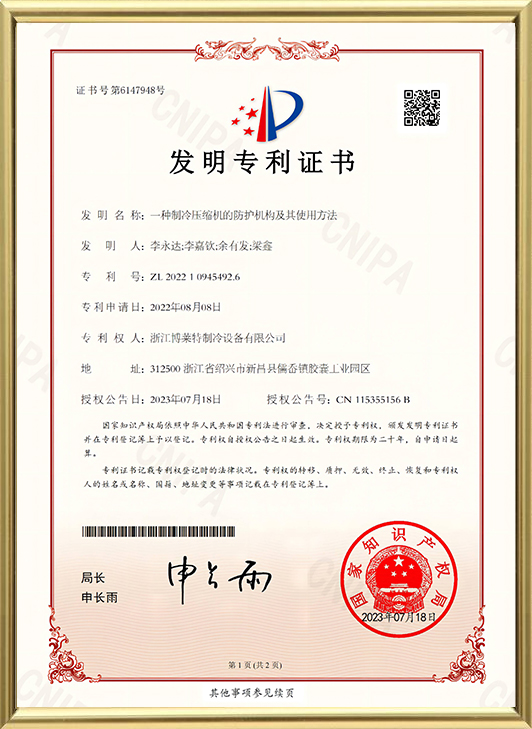Feature
In the refrigeration system, Pressure Controller is a key device used to monitor and adjust the pressure of refrigerant in the system to ensure stable operation of the system and protect the equipment. The following is a detailed introduction to the pressure controller in the refrigeration system:
Role and Function:
The pressure controller in the refrigeration system is mainly used for the following functions:
Pressure regulation: Ensure that the pressure of the refrigerant is maintained within the set safety range according to the system design requirements and working conditions.
System protection: Prevent equipment damage or system failure caused by excessive or low refrigerant pressure, such as compressors, condensers, etc.
Energy efficiency optimization: Optimize the energy efficiency of the system, reduce energy consumption and improve performance by accurately controlling the refrigerant pressure.
Real-time monitoring: Provide real-time pressure data monitoring so that operators can adjust and respond to changes in the system operating status in a timely manner.
Main features:
Pressure setting: Adjustable pressure set point to adapt to different refrigerants and working conditions.
Pressure sensing: Use pressure sensors or pressure transmitters to monitor refrigerant pressure.
Control mechanism: Regulate and stabilize the pressure of the refrigerant through actuators or valves.
Digital Display: Provides real-time pressure readings for monitoring and diagnostics.
Alarm System: Sounds an alarm when the set pressure exceeds the set limit, prompting the operator to take necessary action.

 English
English Español
Español عربى
عربى русский
русский
























